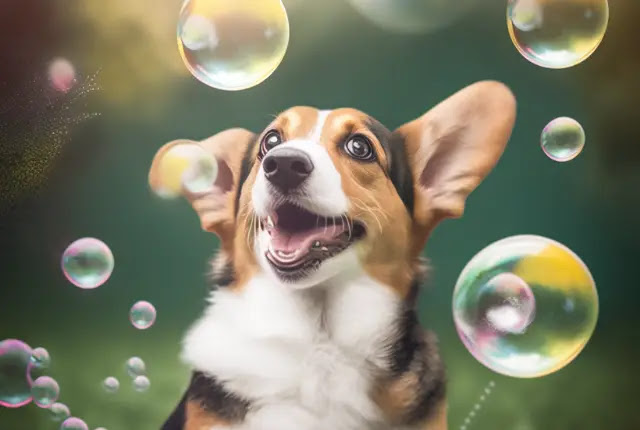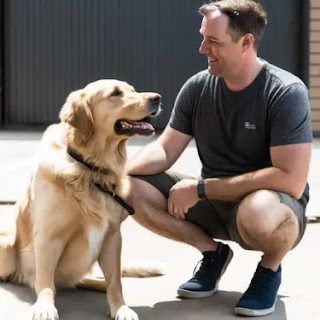Bubble Theory Dog Training is a unique, reward-based method of training, aimed at fostering a positive, safe atmosphere for dogs to flourish. This innovative technique prioritizes encouragement and positive reinforcement over traditional, punishment-based approaches to dog training. The result of using Bubble Theory is a well-behaved, mentally and physically stimulated dog and a stronger bond between dog and owner. Whether you're a seasoned dog owner or new to the game, Bubble Theory is an effective and compassionate way to train your four-legged friend.
1. Delving into Bubble Theory Dog Training
A. Defining Bubble Theory
Bubble Theory is a concept first introduced by dog trainer and behaviorist, Kathy Sdao. It is built upon the idea that dogs learn most efficiently when in a serene, confident state - referred to as a "bubble of well-being." In this relaxed state, dogs are more receptive to training and less susceptible to fear and stress-influenced behavior.B. How Bubble Theory Functions in Dog Training
Bubble Theory Dog Training strives to create a positive and safe environment for dogs to learn and grow in. This is accomplished through the utilization of positive reinforcement techniques, such as treats, toys, and praise, while also avoiding negative reinforcement methods, such as physical punishment, severe corrections, and intimidating gestures. By consistently rewarding good behavior, dogs learn to associate good things with good behavior, making them more likely to repeat that behavior in the future.C. Essential Aspects of the Bubble Theory Approach
There are several key elements to the Bubble Theory approach to dog training:- Positive Reinforcement: Reinforcing desirable behavior with rewards like treats, toys, praise, etc.
- Avoiding Negative Reinforcement: Steering clear of punishment, harsh corrections, or other forms of negative reinforcement.
- Safe and Positive Environment: Crafting a safe and positive atmosphere for dogs to learn and grow in.
- Building Confidence: Helping dogs feel self-assured and relaxed in new situations.
- Encouragement: Inspiring dogs to take risks and try new things.
2. The Advantages of Bubble Theory Dog Training
B. Stronger Dog-Owner Bond
The Bubble Theory approach also strengthens the bond between the owner and dog. This is because positive reinforcement and encouragement from the owner help the dog feel secure and confident. This increased sense of security leads to the dog trusting the owner more and forming a closer relationship.C. Advanced Mental and Physical Stimulation for Dogs
Bubble Theory Dog Training provides advanced mental and physical stimulation for dogs as well. By incorporating a variety of training techniques and activities, dogs can learn new skills and have their minds and bodies actively engaged. This helps prevent boredom and destructive behavior by keeping the dog mentally and physically stimulated.3. Implementing Bubble Theory Dog Training
A. Establishing a Safe and Positive Training Environment
The first step in implementing Bubble Theory Dog Training is to establish a safe and positive environment for the dog to learn and grow in. This means avoiding negative reinforcement methods and instead using positive reinforcement and encouragement to guide the dog's behavior.B. Crafting a Reinforcement Strategy
It's crucial to design a reinforcement strategy for your dog, which entails determining the forms of positive reinforcement you'll use (such as treats, toys, praise, etc.) and how they'll be employed to award the dog's behavior.C. Essential Bubble Theory Training Hints
For fruitful Bubble Theory Training, keep the following tips in mind:- Have patience: Training is a time-consuming and patience-demanding process, so be patient with your dog and let it advance at its own pace.
- Make it enjoyable: Training should be an enjoyable and entertaining experience for both you and your dog.
- Employ clear commands: Utilize clear and consistent commands to assist the dog in comprehending what you're expecting from it.
- Reinforce desirable behavior consistently: Consistently reinforce the dog's desirable behavior to help it understand what's expected of it.


